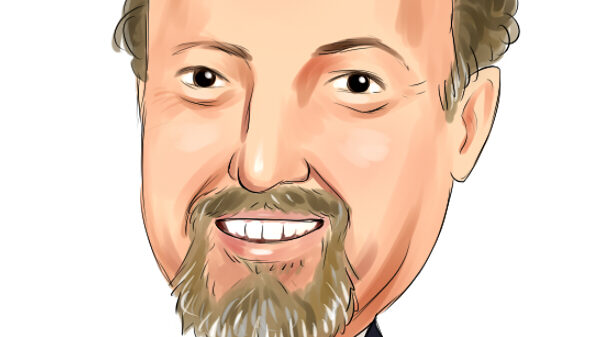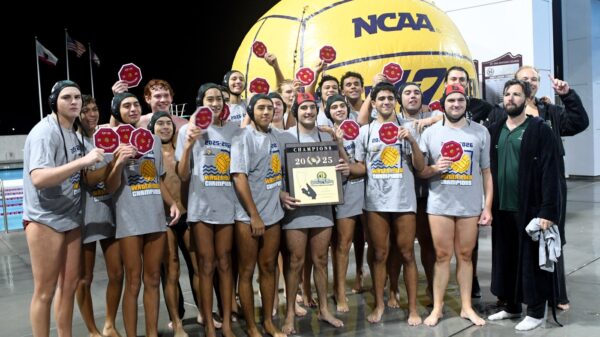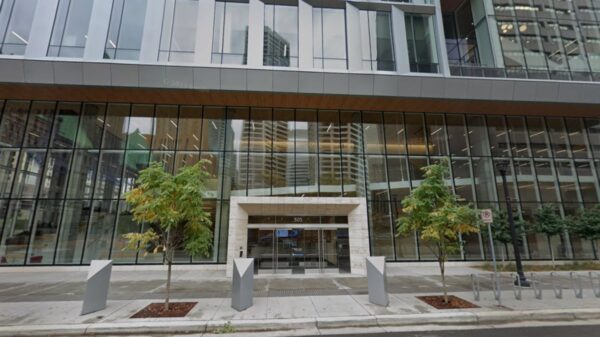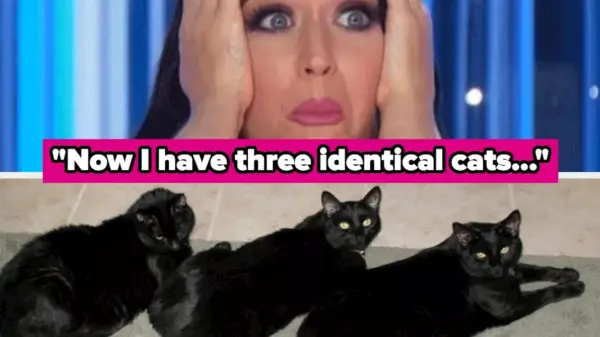Approximately ten percent of couples globally face challenges with infertility, prompting some to consider a lesser-known option called restorative reproductive medicine (RRM). This approach focuses on identifying and treating the underlying causes of infertility rather than resorting to the more commonly known in vitro fertilization (IVF).
Karen and Anthony Monetti, a couple from Oklahoma, are among those who have found hope through RRM. After nine years of marriage, they felt compelled to start a family. “Put it in God’s hands,” Anthony stated, reflecting their faith-driven approach. Their initial joy was overshadowed by the heartbreak of four miscarriages, leaving Karen to express, “Nothing has hurt, and I’ve never grieved so much as the infertility journey. But one thing I want to say is there’s hope.”
Despite medical recommendations to pursue IVF, the Monettis opted against it. Karen recalled her hematologist urging her to consider IVF, especially given her age and the potential risks of genetic defects. However, the couple rejected this path, emphasizing their belief in divine intervention. “We’re not doing it. This is all in God’s hands. He will take care of us,” stated Karen.
A Holistic Approach to Infertility
Instead of IVF, the Monettis turned to restorative reproductive medicine. RRM takes a natural and holistic approach to infertility, focusing on diagnosing and addressing the root causes rather than circumventing them. They sought help at the MorningStar Family Health Center, where Dr. Edward Fleming and Dr. Jean Golden-Tevald specialize in this method.
Dr. Golden-Tevald noted, “In 20 years of doing this, I have never had a woman who we evaluated that we came up and said, ‘We can’t find anything wrong.'” This comprehensive evaluation includes examining hormonal levels and the woman’s ovulation cycle. Karen described the process as extensive: “Right off the bat, it was a lot of testing.”
Both partners undergo testing, as male factors can also contribute to infertility. Dr. Fleming explained that low testosterone levels can impact male function and sperm counts. In the Monettis’ case, Karen’s challenges stemmed from serious blood clots and hormonal imbalances. “It’s almost always never just one thing,” Dr. Golden-Tevald added. “There’s usually multiple factors.”
A New Beginning
Following the treatment, which included blood thinners and hormones, the Monettis celebrated a significant milestone with the birth of their daughter. “My pregnancy was a huge success,” Karen remarked. “We finally have our baby, our miracle.”
RRM advocates highlight that the success rates of this approach can equal or surpass those of IVF, often with fewer risks and lower costs. Dr. Fleming emphasized, “There’s really no risk, and it’s really inexpensive too.” Despite its effectiveness, RRM remains largely underrecognized in mainstream medical practices, with many unaware of its existence.
Karen noted the lack of awareness surrounding RRM, stating, “I think RRM is not talked about in the mainstream medical practices. I think it’s just, ‘Go to IVF, go to IVF.'” Dr. Fleming echoed this sentiment, attributing the limited promotion of RRM to the absence of financial incentives for practitioners.
Legislative Efforts for Wider Access
Some members of Congress are advocating for greater access to RRM through legislation. Oklahoma Republican Senator James Lankford has sponsored the RESTORE Act, which aims to prioritize tackling the root causes of infertility. The Senate is expected to continue deliberating on this act soon.
In the interim, advocates like the Monettis rely on personal recommendations to spread the word about RRM. “I recommend everybody I know who struggles with fertility,” Karen shared, emphasizing the transformative impact of their experience. “God gave them to us and they are incredible, and we have our miracle baby now.”
As awareness of restorative reproductive medicine grows, many couples may find it to be a viable and hopeful alternative in their journey toward parenthood.



































































